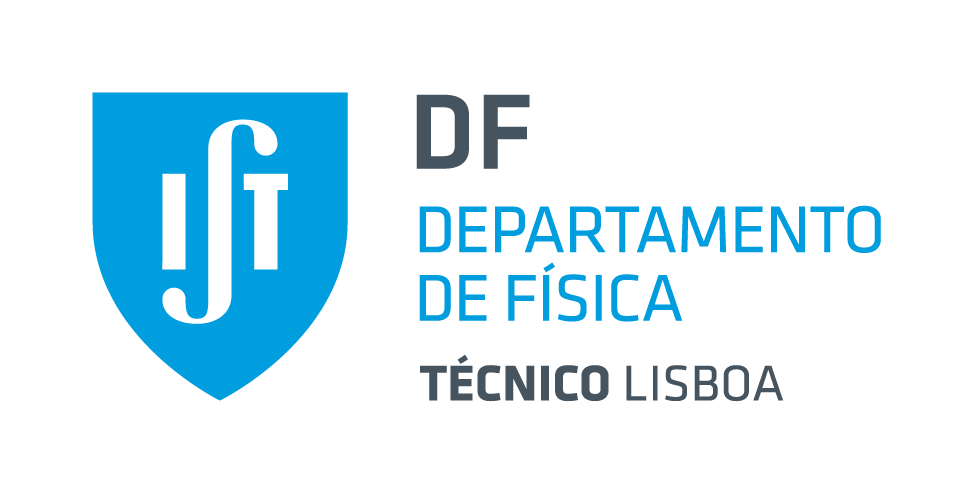Newsfrom our faculty members and students
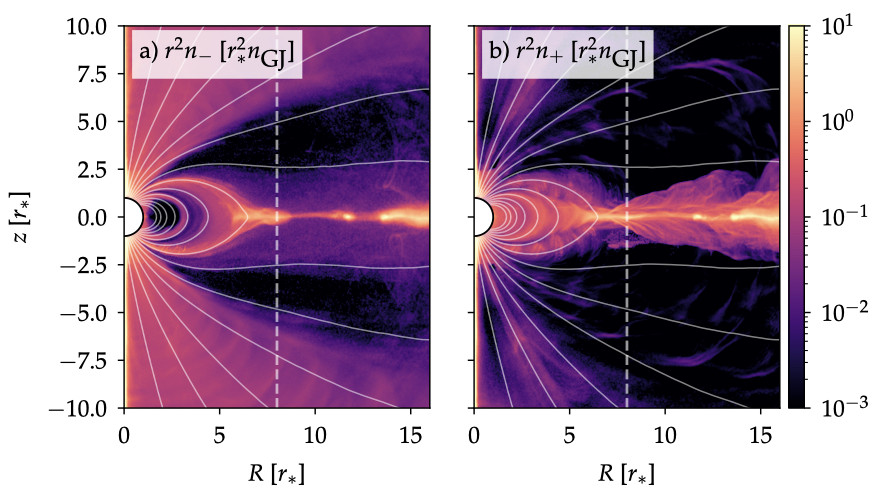
Fábio Cruz receives PhD in Physics
October 24 2021On 21 October 2021, Dr. Fábio Cruz received his PhD in Physics with a thesis entitled 'Multiscale modeling of pulsar magnetospheres'. His work was supervised by Prof. Luís Oliveira e Silva (IST) and Dr. Thomas Grismayer (IST).
The thesis committee consisted of Dr. Benoît Cerutti (Univ. Grenoble Alpes), Prof. Ilídio Lopes (IST), Dr. Anatoly Spitkovsky (Univ. Princeton), Dr. Thomas Grismayer (IST) and Prof. Luís l. Alves (IST, President).
Congratulations Fábio !
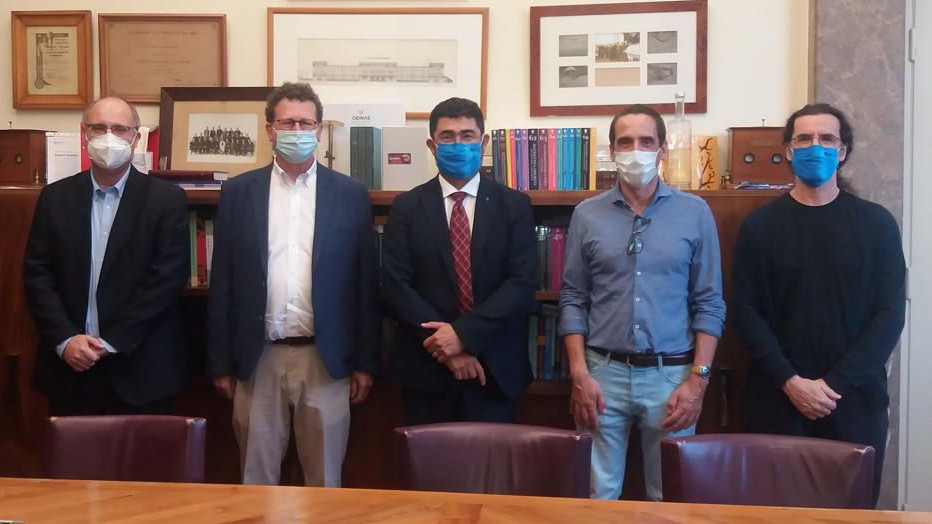
Doctor Lionel Marraffa joins IST as Visiting Professor
October 09 2021Doctor Lionel Marraffa joins IST as an invited professor of the Department of Physics, in the scope of the program “Distinguishing Visiting Professor”, and as member of the scientific domain in Plasmas, Lasers and Nuclear Fusion, for a period of one year (October 2021 – October 2022).
Dr. Marraffa joined ESA in 1990 and gave aerothermodynamics support to various projects and studies, including Hermes, Huygens and Ariane 5. He directed various research programs regarding material tests, facilities, physico-chemical models, thermal radiation, parachutes etc.
As a chairman of two working groups (radiation and ablation), he influenced and supported the definition of ESA’s research activities in these domains for the last twenty years of his career. He contributed to the initial steps of Aurora exploration program, and lead the early studies for ExoMars, including its first CDF (Concurrent Design Facility) study.
He took part in several CDF studies for technology (for example RADFLIGHT), for scientific exploration missions and for launchers, and participated as system or project manager in the development of different entry capsules, such as the Inflatable Reentry and the Descent Technology demonstrator. He also contributed to the development of high-enthalpy facilities such as SCIROCCO (Italy), Plasmatron (Belgium). He initiated and was the ESA project manager for the ESTHER shock tube.
During his stay, Dr. Marraffa will provide support to the continuous development of ESTHER (M Lino da Silva, PI) and will prepare the deployment of a CDF at IST.
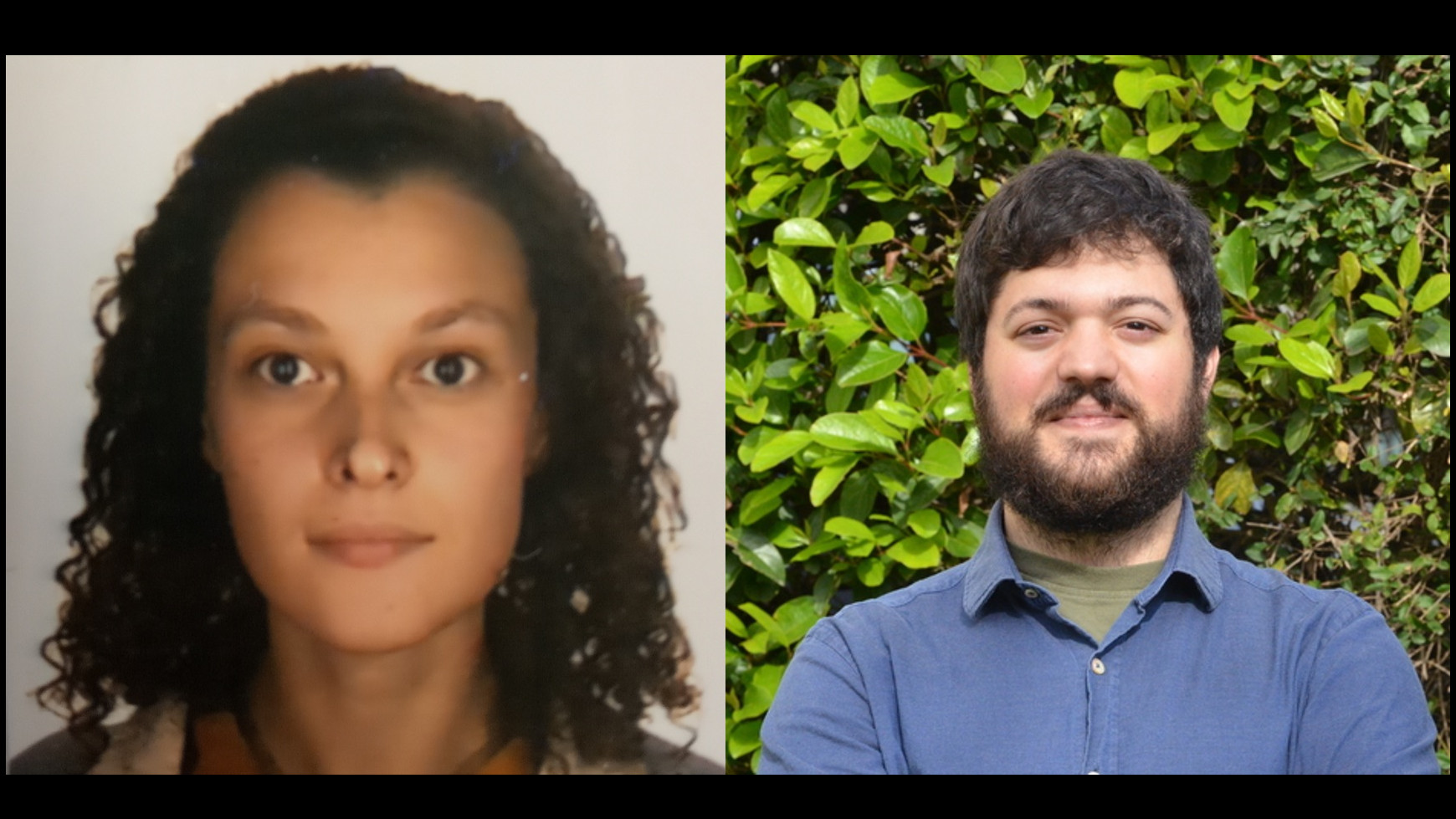
Students awards at PLATHINIUM conference
October 07 2021Chloé Fromentin and Duarte Gonçalves, PhD students of the Doctoral Programmes in Engineering Physics of IST under the framework of PIONEER and APPLAuSE , were awarded the ’Michel Cantarel’ students awards of the conference ’Plasma Thin Film International Union Meeting’ (PLATHINIUM).
The awards were granted to five PhD students, and consisted of diplomas and cash prizes for each student.
C Fromentin received an award for her oral communication entitled ’Kinetic mechanisms in CO2-N2 plasmas’, coauthored by T Silva, T Dias, E Baratte, A S Morillo-Candas, O Guaitella, A F Silva, O Biondo and V Guerra.
D Gonçalves received the sole poster award with his communication entitled ’Adaptation of SPARK to atmospheric-pressure micro-plasma jets flow conditions’, coauthored by J Santos Sousa, S Pasquiers, M Lino Da Silva and L Lemos Alves.
More information here.
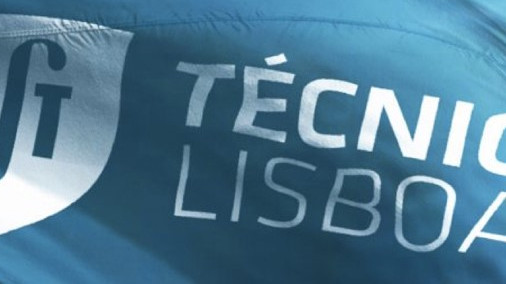
Professor Gonçalo Figueira and Professor Hugo Terças distinguished as "Docentes Excelentes IST 2019/2020"
May 22 2021Professor Gonçalo Figueira and Professor Hugo Terças have been distinguished as "Docentes Excelentes 2019/2020".
This distinction recognizes teaching excellence at Técnico, and is based on the students' feedback in the academic year 2019/2020 for the courses "Laboratório de Introdução à Física Experimental (MEFT)", Óptica e Lasers (MEFT)" and "Complementos de Electromagnetismo e Óptica (LMAC)" (Professor Gonçalo Figueira); and "Física e Tecnologia dos Plasmas (MEFT)" (Professor Hugo Terças).
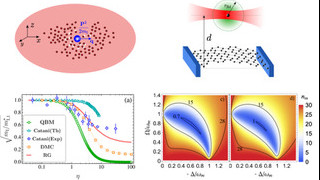
Muhammad Khan receives PhD in Physics
May 07 2021On 13 April 2021, Dr. Muhammad Khan received his PhD in Physics with a thesis entitled 'Dissipative Quantum Dynamics of Hybrid Mechanical Systems'. His work was supervised by Prof. Tito de Mendonça (IST) and Prof. Hugo Terças (IST).
The thesis committee consisted of Prof. Pedro Ribeiro (IST), Prof. Nuno Silva (INESC-TEC), Prof. Ariel Guerreiro (FEUP), Prof. Hugo Terças (IST) and Prof. Luís O. Silva (IST, President).
Congratulations Muhammad !
